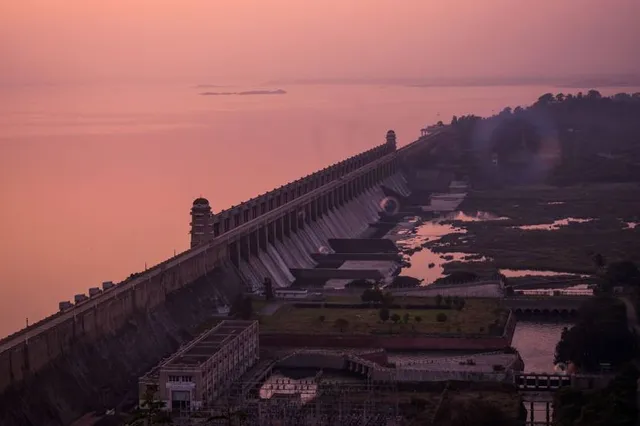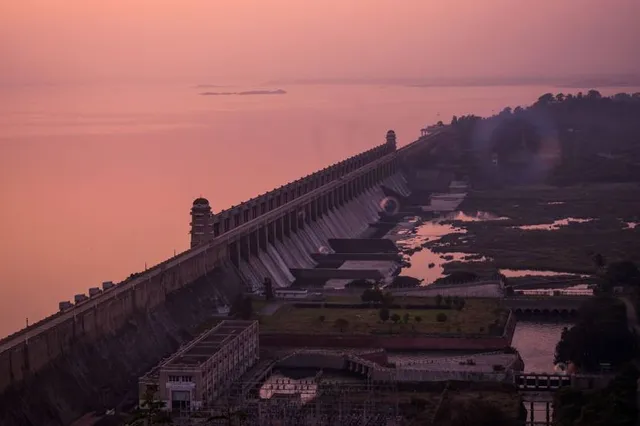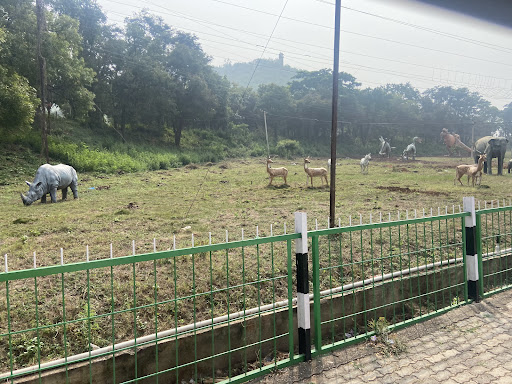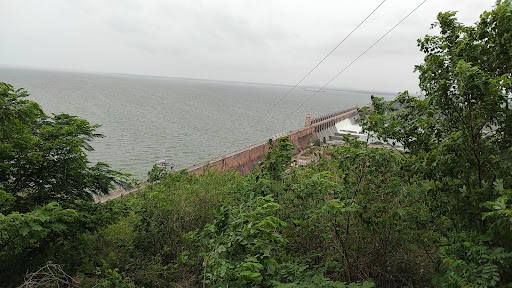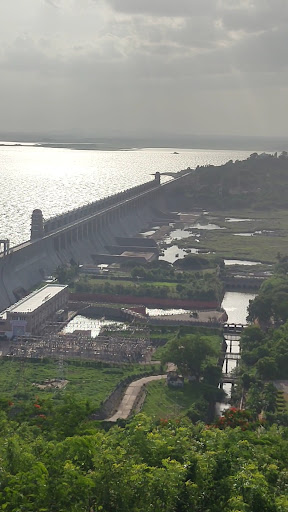Majestic Tungabhadra Dam: A Marvel of Engineering and Tranquil Oasis
The Tungabhadra Dam stands as a testament to India's engineering prowess, and my recent visit left me awe-inspired. The colossal structure, also known as Pampa Sagar, not only serves essential functions like irrigation and electricity generation but also offers visitors a mesmerizing experience.
From the dam's vantage point, the view of the imposing wall and the serene backwaters of the Tungabhadra River is nothing short of breathtaking. The vast expanse of water against the backdrop of the surrounding landscape creates a picturesque setting that's perfect for both nature lovers and photography enthusiasts.
What truly sets the Tungabhadra Dam apart is its historical construction. Built with surki mortar, a blend of mud and limestone, it stands proudly as one of the only two non-cement dams in India. This nod to traditional construction methods adds a unique charm to the site, blending modern functionality with historical significance.
During my visit, the evening light show added a magical touch to the experience. The illuminated dam, accompanied by informative narrations, showcased the engineering marvel and the importance of the dam in sustaining the region. It's an educational and visually stunning display that shouldn't be missed.
While the dam steals the spotlight, the adjacent park complements the experience. The well-maintained surroundings offer a peaceful escape, providing an ideal spot for picnics or leisurely walks. However, I echo the sentiment about the condition of the zoo, garden, and aquarium being less than satisfactory. It's an aspect that could be improved to make the entire visitor experience even more enjoyable.
In conclusion, a visit to the Tungabhadra Dam is an absolute must. Whether you're fascinated by engineering feats, appreciate natural beauty, or simply seek a tranquil escape, this destination caters to diverse interests. The blend of history, functionality, and scenic allure makes the Tungabhadra Dam a true gem. It's a place where modern engineering meets the timeless flow of the Tungabhadra River, creating an unforgettable experience for all who...
Read more Learn more insights from Wanderboat AI.
Learn more insights from Wanderboat AI.



